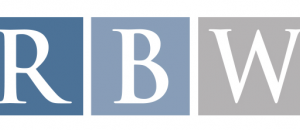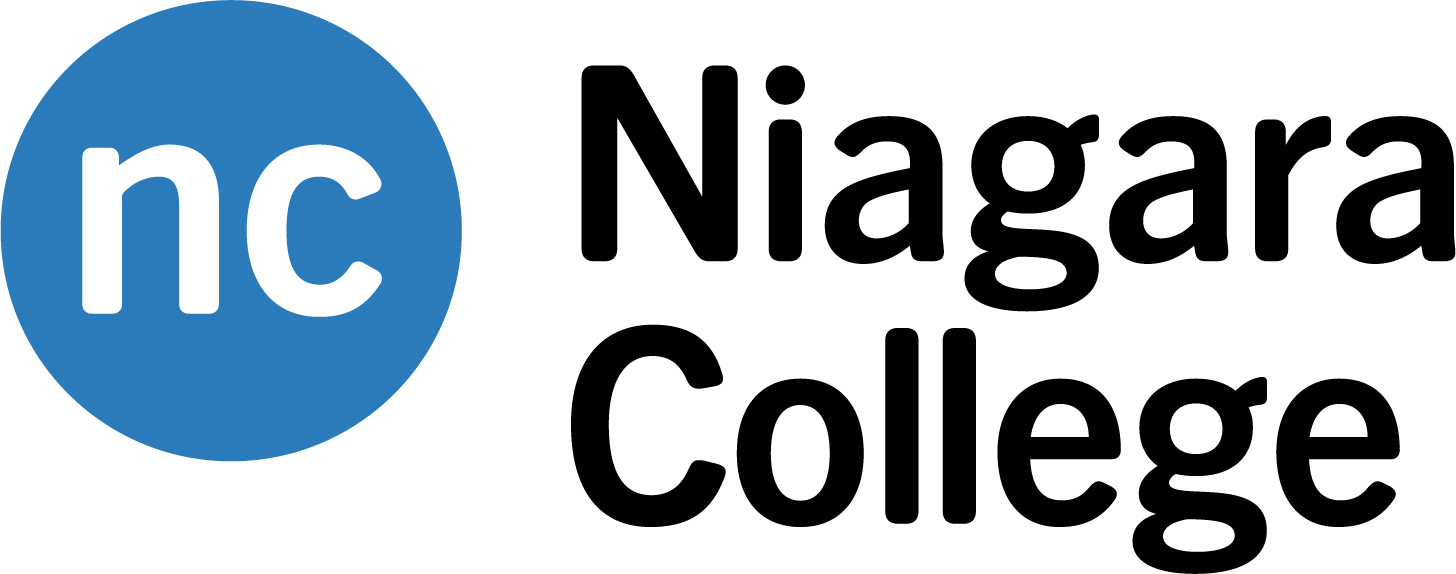At a time when mortgage rates are hovering between five and six per cent and home prices remain above their pre-pandemic levels, discussions surrounding the mortgage stress test have been prevalent across the Canadian real estate market.
The mortgage stress test is a federal government mandate requiring that borrowers prove they can afford higher payments if mortgage rates rise in the future. Typically, the stress test is the current mortgage rate plus two per cent. At the height of the current tightening efforts by the Bank of Canada (BoC), the stress test was north of eight per cent.
The purpose behind the rule is to prevent borrowers from taking on more than they can afford and to stop lenders from lending money to financially stressed or would-be fiscally challenged clients.
But now that the post-crisis real estate market is an environment where interest rates are at their highest levels since before the Global Financial Crisis, critics have wondered if the stress test is excessive, with some urging Ottawa to ease or suspend the measure.
For now, it appears that everything will remain the same, according to the country’s chief banking regulator.
What’s Going on With the Mortgage Stress Test?
According to the Office of the Superintendent of Financial Institutions (OSFI), the qualifying rate for uninsured residential mortgages will continue to be higher than 5.25 per cent, or the mortgage contract rate plus two per cent.
Peter Routledge, the OSFI chief, stated in a December 2023 report that the stress test has resulted in a more robust and resilient mortgage financing system as it helps both borrowers and lenders better manage risk.
“The minimum qualifying rate for uninsured mortgages has produced a more resilient residential mortgage financing system characterized by low default and delinquency rates,” he said in the long-awaited announcement.
OSFI is confident that the MQR (minimum qualifying rate) under its current formulation will lead to lower residential mortgage delinquency and default rates than would otherwise be the case if lenders did not apply the MQR when originating mortgages for homeowners.
The federal government reiterated the OSFI’s stance shortly after its confirmation.
“Our goal is to protect Canadians—by ensuring they have the support they need to afford their mortgages,” said Finance Minister Chrystia Freeland in a statement. “We will continue to monitor the Canadian housing market and remain ready to make changes to the minimum qualifying rate if warranted.”
Others agreed, including Fitch Ratings.
The credit ratings agency supported the OSFI’s decision, calling it a positive for the Canadian real estate market, the nation’s banking system, and the broader economic landscape.
“If reduced, it would lower the cost of mortgages and make housing more affordable, but would also increase credit risk, given current deteriorating economic conditions,” Fitch wrote in its analysis. “The MQR is a safety buffer that increases the likelihood that homeowners will still be able to pay their mortgages in a rising rate environment, indicating if borrowers can absorb higher interest rates than what they initially contracted to pay.”
Underlying Risks in a Stable Mortgage Market
Despite everything that has transpired since the start of the coronavirus pandemic, both the Canadian real estate market and the mortgage industry have remained solid and cushioned the blows from the crisis-era fallout. In other words, delinquencies and forced sales have been largely absent in Canada.
However, the Canada Mortgage and Housing Corporation (CMHC) recently warned that approximately 2.2 million mortgages will have to be renewed in 2024 and 2025. This would represent nearly half (45 per cent) of all outstanding mortgages, totalling roughly $675 billion.
Even if the central bank engages in lowering its benchmark policy rate and the bond market responds, it might not be swift enough to prevent borrowers from paying higher rates.
In fact, the CMHC projected that as households renew in the coming years, the higher mortgage rates will equal about $15 billion in additional payments for households each year.
“This increase could represent an uptick of between 30% to 40% in their average monthly payment,” the federal housing agency noted. “However, homeowners will do what they can to continue making their mortgage payments on time. Canadian borrowers tend to prioritize their mortgage payment over all other debt payments and consumption choices.”
Ultimately, this could result in consequences for the economy since the funds will be reallocated from other sectors, the CMHC says.
Mortgage Rates in 2024
Financial markets are bracing for rate cuts this year. Investors think they could happen as early as March, while economists believe the likelihood is sometime in the middle of the year. This will lead to lower bond yields and, as a result, lower mortgage rates, with experts saying the conventional five-year fixed mortgage could slide to around 4 per cent. But whether this will help or hinder the Canadian real estate market and the national economy remains to be seen.
SOURCE: Remax.ca BLOG




















